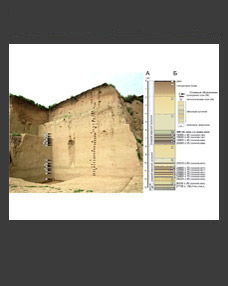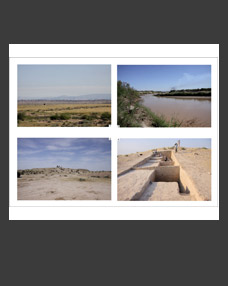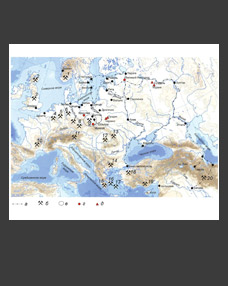S.N. Savenko
The article publishes the unique medieval kurgan burial which was discovered in the Northern Caucasus near the city of Nevinnomyssk (Stavropol Krai). Under the small mound there were two burials from the second half of the 13th – the beginning of the 14th cc. One of the burials contained the skull, with the cervical vertebra, of a young man, and a ram’s carcass without the head. The ritual assemblage was in a pit with wooden blocks and birch bark. The grave goods included a gold earring, a jet bead, a small piece of flint, iron rings, a buckle, a steel, a socket, arrowheads, etc), and the cannon-bone of another ram. The single known analogy for this “composite” medieval burial of human and animal remains comes from the classical antiquity stratum at Kara-Tobe in the Northwestern Crimea. Even though medieval burials in the steppe zone of Eurasia often contained animal remains, rams are not a frequent find, and are encountered mainly in the Transbaikalia, the Tuva and the Altai. The assemblage is important for the study of the complex spiritual notions and of the ethnic and cultural situation in the steppes of Southeastern Europe during the period of emergence and early development of the Golden Horde.







